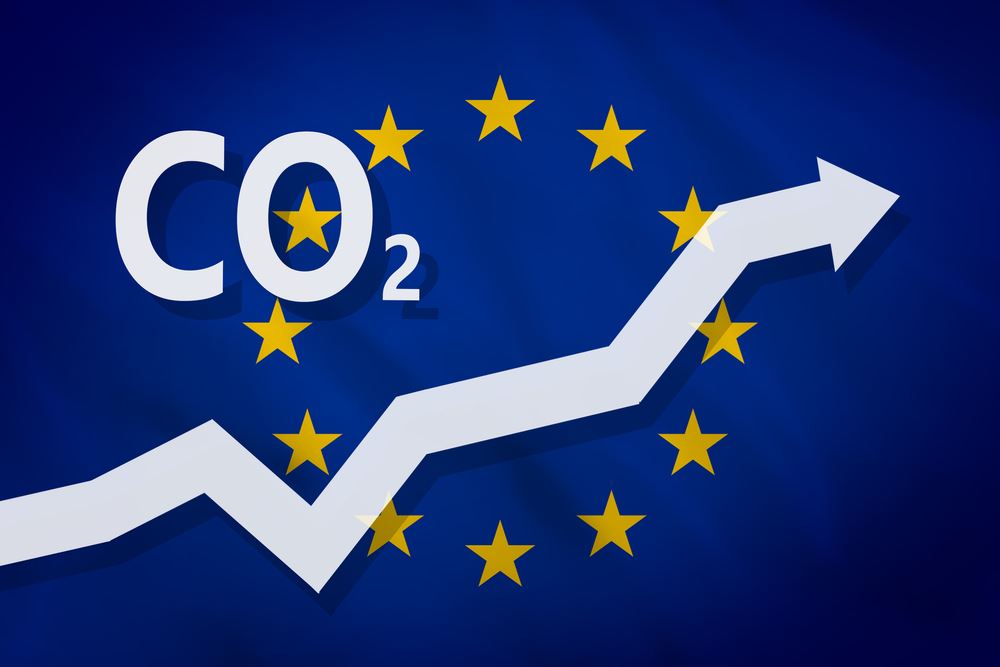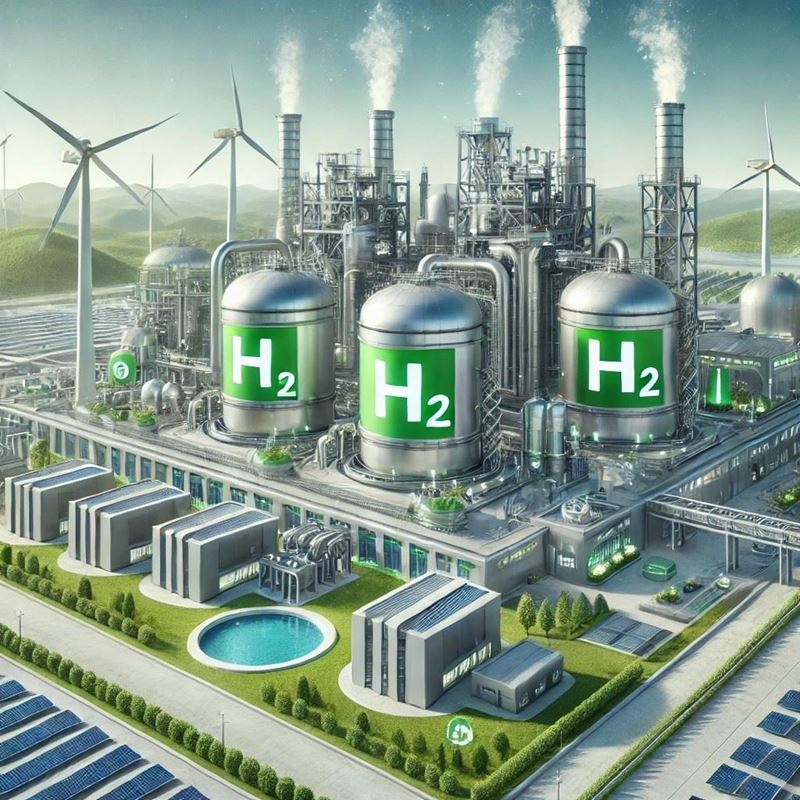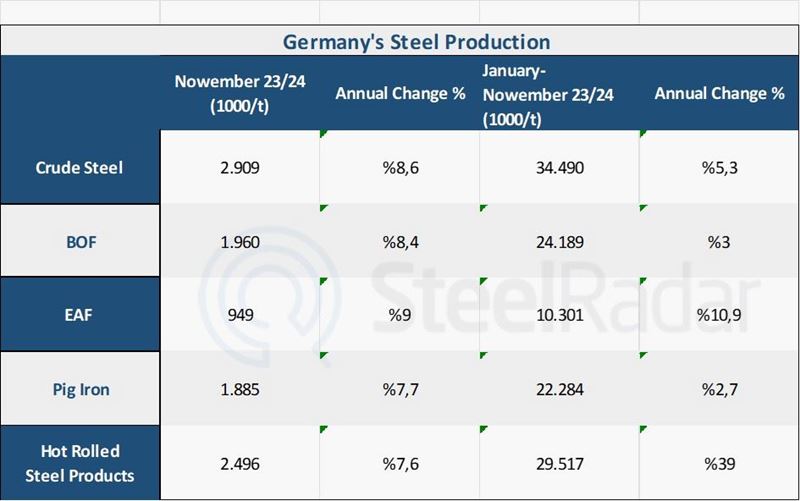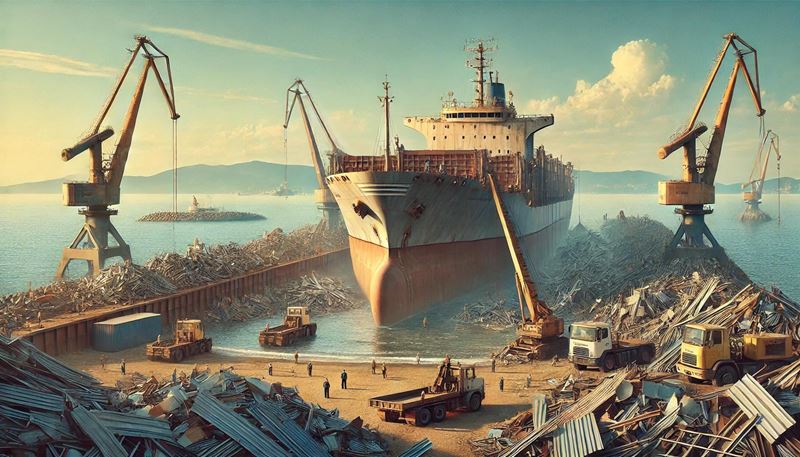Hage Fjellheim, President of Veyt Carbon Analysis, notes that 2027 is a critical year for market conditions. Fjellheim indicates that everyone's attention will be focused on this situation as supply improves. It is stated that the current market imbalance is deepened by the restriction of the introduction of new permits within the framework of the European Commission's “Fit for 55” program. This program aims for EU countries to decrease their greenhouse emissions by 55% by 2030 compared to 1990 levels, while the market stability reserve is expected to continue to absorb the existing surplus. This will put significant pressure on the industrial and energy sectors in particular, accelerating price increases and threatening market stability. Investors are developing more proactive strategies to deal with these gains.
Analysts' forecasts for 2025 and 2026 have not changed much. The average price of the European Union Emission Allowance (EUA) is expected to reach €76.88/ton in 2025 and €92.48/ton in 2026. These forecasts show a growth of 0.2% and 1%, respectively, compared to July's reports. However, the dynamics of price increases require deeper analysis.
David Oxley, chief climate and commodity economist at Capital Economics, notes that carbon credits will fluctuate in line with EU gas prices in the short term, but with this long-term relationship, the impact of industrial emissions will increase. In particular, this could weaken as the industrial sector contributes more to energy emissions. This could lead to an accelerated transition to low-carbon energy sources in the industrial sector and the adoption of more sustainable production methods. Thus, the relationship between long-term carbon prices and emissions could be made more complex and sectors could become more climate-smart.
On the other hand, the British consultancy Redshaw Advisors highlights that the continued production of free promotions of permits under the EU Emissions Trading System (ETS) and the lowering of emission limits could increase carbon prices by €249/tonne by 2034. More than 4,000 large companies, accounting for around 40% of EU emissions, are continuously developing decarbonization resolutions to adapt to these changes. By taking steps such as investing in energy sources, increasing the amount of energy and adopting low-emission technologies, companies aim to meet their marketing objectives and gain a competitive advantage. These strategies will not only be cost-effective, but the inclusion of a climate-calibrated EU is important in building a sustainable future.











Comments
No comment yet.